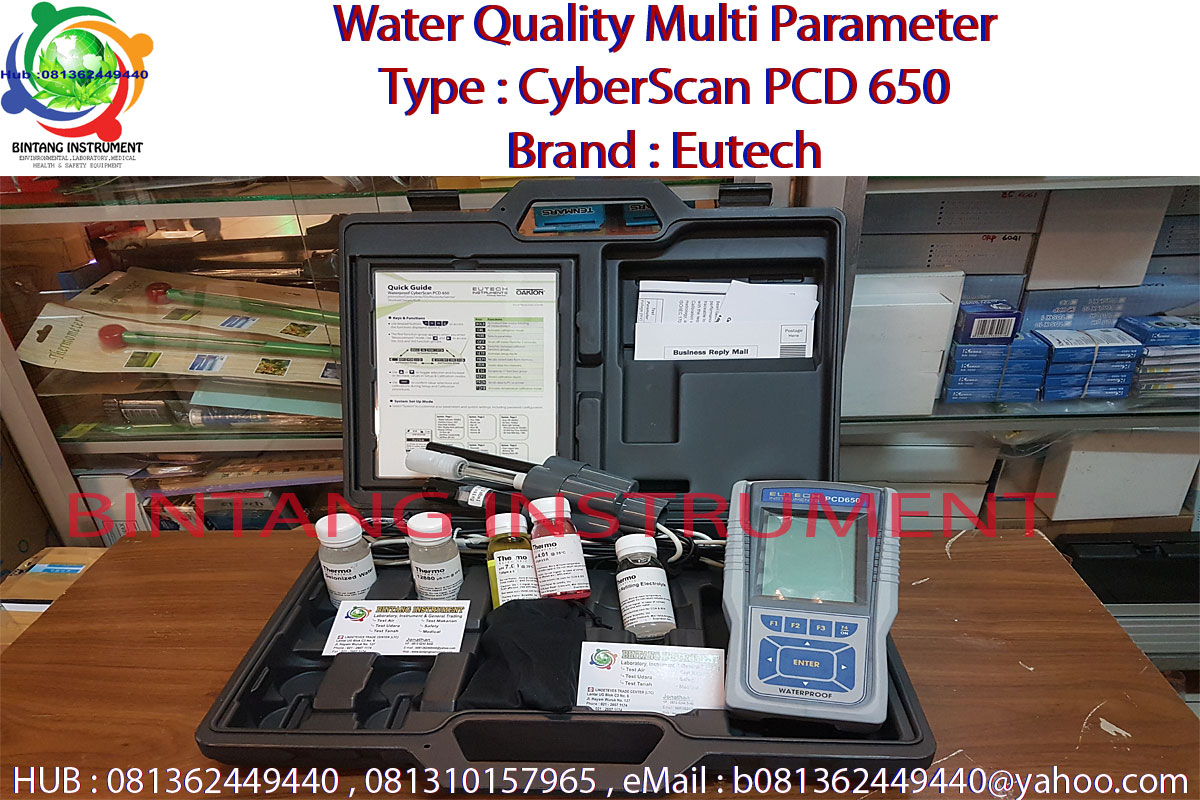
The Ultimate Guide to Putting Salt in Your Koi Pond
Introduction
Koi fish are among the most popular aquatic pets, not just because of their beautiful colors and patterns, but also because of their active and friendly personality. However, to keep your koi healthy and happy, you need to provide them with a clean and balanced environment, and that includes maintaining the right water parameters, such as temperature, pH, and salinity. In this article, we will focus on salt, a commonly used additive in koi ponds. We will cover the benefits of adding salt, how much salt to add, and how to do it safely and effectively.
The Benefits of Adding Salt to Your Koi Pond
Salt, in the form of sodium chloride (NaCl), can offer several benefits to your koi pond, such as:
- Reducing stress and improving gill function: Salt can help your koi cope with stressors such as transportation, handling, water changes, or disease. It can also enhance the exchange of oxygen and carbon dioxide through the gills, which can improve respiration and overall health.
- Preventing and treating parasites and infections: Salt can act as a natural disinfectant and anti-inflammatory agent, which can prevent or alleviate infections and infestations caused by parasites, bacteria, or fungi. It can also boost the immune system of your koi and help them fight off potential threats.
- Reducing nitrite toxicity: Nitrite is a toxic byproduct of the nitrogen cycle, which can accumulate in the water and harm your koi. Salt can reduce the toxicity of nitrite by converting it to less harmful forms and improving the osmoregulatory capacity of your koi.
- Enhancing slime coat and wound healing: The slime coat is a protective layer on the skin of your koi that can prevent infections and parasites. Salt can enhance the production and quality of the slime coat, as well as promote tissue regeneration and wound healing.
- Alleviating some water quality issues: Salt can buffer pH, stabilize alkalinity and hardness, and precipitate certain ions that can cause turbidity or cloudiness in the water. However, it should not replace proper water quality management or proper filtration.
How Much Salt to Put in Your Koi Pond
Now that you know the benefits of adding salt, the next question is how much salt to use. The recommended dosage of salt for koi fish is between 0.1% and 0.3% by weight, which means that for every 1000 gallons of water, you should add:
- 1 pound of salt for 1000 gallons = 0.1%
- 2 pounds of salt for 1000 gallons = 0.2%
- 3 pounds of salt for 1000 gallons = 0.3%
It is crucial to measure the salt accurately, preferably using a digital salinity meter or a reliable aquarium test kit. Do not rely on estimates or kitchen scales, as they can be imprecise or contaminated. Also, avoid using table salt or rock salt, as they may contain additives or impurities that can harm your koi. Use only high-quality, pure, and non-iodized salt that is specifically designed for aquatic use, such as pond salt or sea salt.
How to Add Salt to Your Koi Pond
Once you have the right amount and type of salt, you need to add it to your koi pond gradually and evenly. Follow these steps to do it safely and efficiently:
- Prepare a bucket of water: Fill a clean and non-toxic bucket with some of the pond water and add the salt to it. Stir until the salt is dissolved completely.
- Distribute the solution: Pour the salt solution into different areas of the pond, away from the filter or pump intake, to ensure an even distribution. You can use a watering can or a hose with a diffuser, but avoid splashing or pouring the solution onto the koi directly.
- Wait and test: Allow the salt to circulate for at least 24 hours before testing the salinity again. Avoid adding more salt until you are sure that the previous dose has dissolved and stabilized. Also, monitor the behavior and health of your koi, and adjust the dosage or remove the salt if you notice any negative effects.
Conclusion
Adding salt to your koi pond can be a simple and effective way to improve the health and well-being of your fish, as long as you know how to do it correctly. Remember to calculate the right dosage, use high-quality salt, and distribute it evenly. Also, be aware of the potential risks and limitations of salt, and do not rely on it as a cure-all solution.







